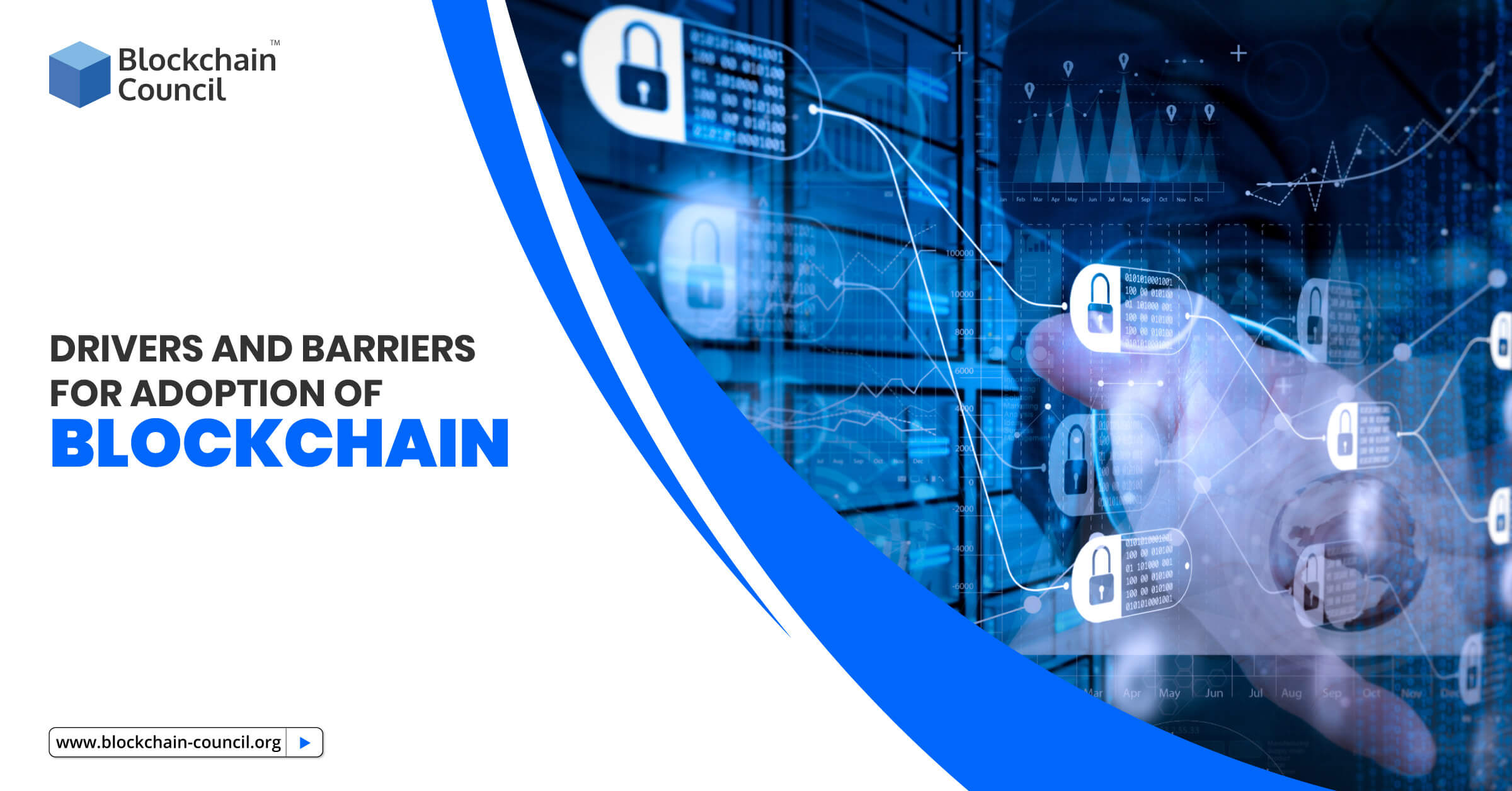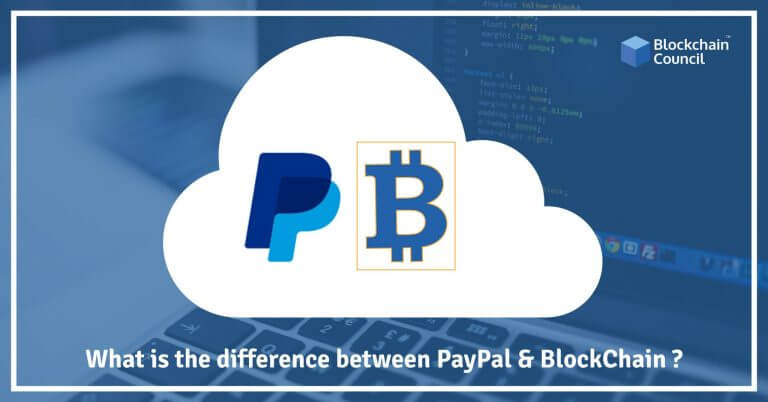
- Nitish Srivastava
- November 19, 2020
You must have heard a lot about Blockchain technology. In this article, we will cover what Blockchain is, what are the drivers and barriers to its adoption.
Table of Contents
- Overview of Blockchain
- Driving Factors for Adoption of Blockchain Technology
- Barriers for Blockchain Adoption
- Conclusion
Overview of Blockchain
Blockchain has always been a topic of dispute. Where few technocrats and experts believe this technology to be a revolutionary one, many consider it is just a hyped one. Blockchain is a peer-to-peer, decentralized distributed ledger technology that mitigates the involvement of intermediaries. Numerous application areas of Blockchains have resulted in it becoming a popular technology, whereas, on the other hand, technology is still a matter of concern in terms of data storage, scalability, and others.
In this article, let’s explore the driving factors for its adoption and barriers associated with this technology.
Driving Factors for Adoption of Blockchain Technology
Let’s move on to the next section and explore what the driving factors for Blockchain adoption are.
-
Security
Blockchain is considered to be a secured technology because the technology uses cryptographic algorithms. In Blockchain, the sender uses their private keys to access the stored information on the Blockchain network, and for the sender to perform a transaction, he needs to use the receiver’s public key. Apart from this, Blockchain also provides denial of dishonest digital signatures, the failure of double-spending, and creates transactions that are immutable.
-
Transparency
Maintaining transparency between the participating parties is the other reason why Blockchain is so much in demand. Organizations, businesses, and even government institutions are adopting Blockchain because it makes data transparent in a way that is not possible in financial systems, and this is the reason many claims that Blockchain could be used as the new standard for providing transparency.
-
Fraud-Resistance
Transactional records stored on Blockchain networks are non-reversible and immutable, meaning once a transaction is recorded in a block, it is very difficult to modify that data. The technology facilitates direct payments between stakeholders without involving any third-party.
-
Anonymity
Identity management is another crucial aspect of Blockchain technology. If one wants to create on a blockchain network, only private key and public key need to be generated, and he/she need not share any information related to identity. Identity is hidden, ensuring complete anonymity.
Barriers for Blockchain Adoption
Let’s explore a few barriers related to blockchain adoption.
-
Data Privacy
When it comes to public Blockchains, the privacy issue is the foremost one. This is because, in public Blockchains, every node can join the network and access the information without needing to take any permission. Due to such privacy constraints, enterprises and businesses prefer private Blockchains where the network is governed by authorized parties, unlike public Blockchain. To curb out privacy challenges, various solutions have come up, such as data encryption techniques, membership management, among others. Moreover, in a public Blockchain network, confidential information can be stored off-chain in order to ensure that all nodes do not have access to the network.
-
Data Storage
Data storage is another barrier associated with public Blockchains. Due to the large volumes of data and low speed of data taken for processing, handling, and storing big data on the Blockchain network is complex. Storing such a tremendous amount of data on the public requires not only huge storage but also the time as records need to be validated by the majority of the nodes, which causes further delay in the mining and block producing process. So to deal with such big data, only the most important data will be on-chain, and the rest of it will remain off-chain.
-
Scalability
As the network is growing every day, and the number of users is increasing, scalability issues that are residing in Blockchain need to be resolved. What happens is for recording a transaction on a blockchain network, the block should be validated by the majority of the nodes, which takes a lot of time. Public Blockchains are much slower(handles 3 to 20 transactions per second) than mainstream payment services like VISA that can handle almost 24,000 transactions per second.
In order to deal with such scalability challenges, different approaches of side chains are introduced to lessen processing time per transaction. Apart from that, heterogeneous solutions are also being explored in this interest.
-
High Computation Power
High computation power is another significant issue that Blockchain miners have to deal with. Mining carried by the Proof-of-Work consensus mechanism requires a lot of computational power that utilizes a great amount of electricity, which is just a wastage of energy. However, various other consensus mechanisms such as Proof-of-Stake(PoS), Delegated PoS are introduced that require less computation power compared to PoW consensus.
Concluding Lines
I hope the above-detailed guide has helped you understand the driving factors behind Blockchain adoption and barriers that are associated with the underlying technology.
After going through this article, what’s your thought? Can Blockchain be adopted at a global level? Is this technology hype or real? Let us know in the comment section.
To get instant updates about Blockchain Technology and to learn more about online Blockchain Certifications, check out Blockchain Council.





































































 Guides
Guides News
News Blockchain
Blockchain Cryptocurrency
& Digital Assets
Cryptocurrency
& Digital Assets Web3
Web3 Metaverse & NFTs
Metaverse & NFTs
